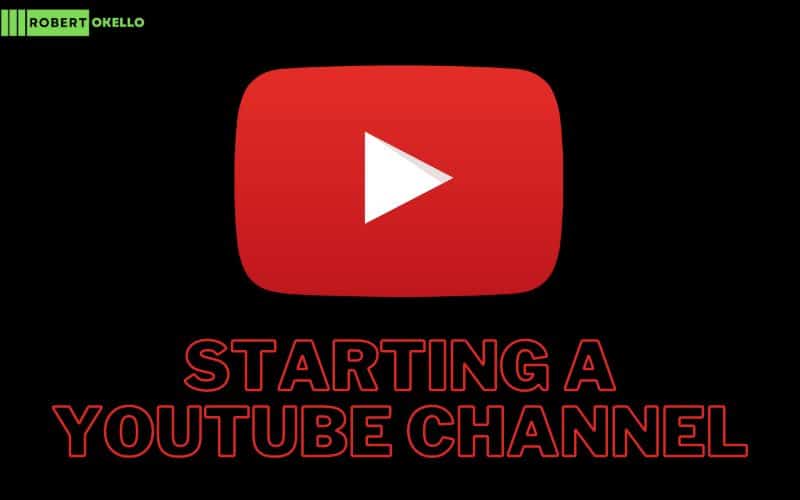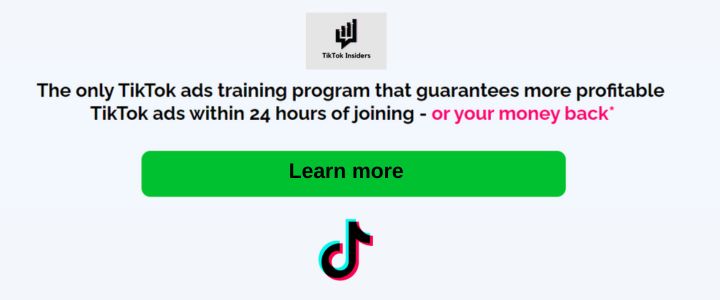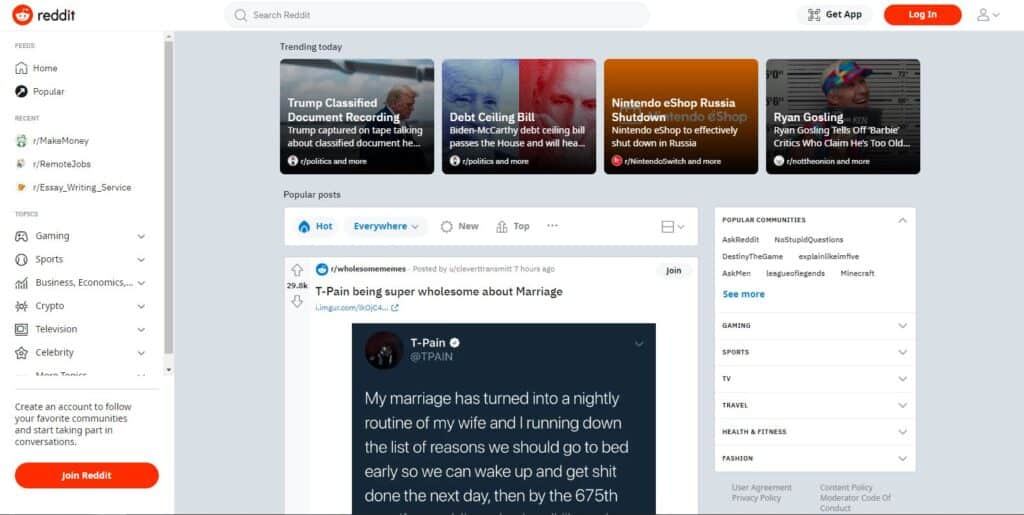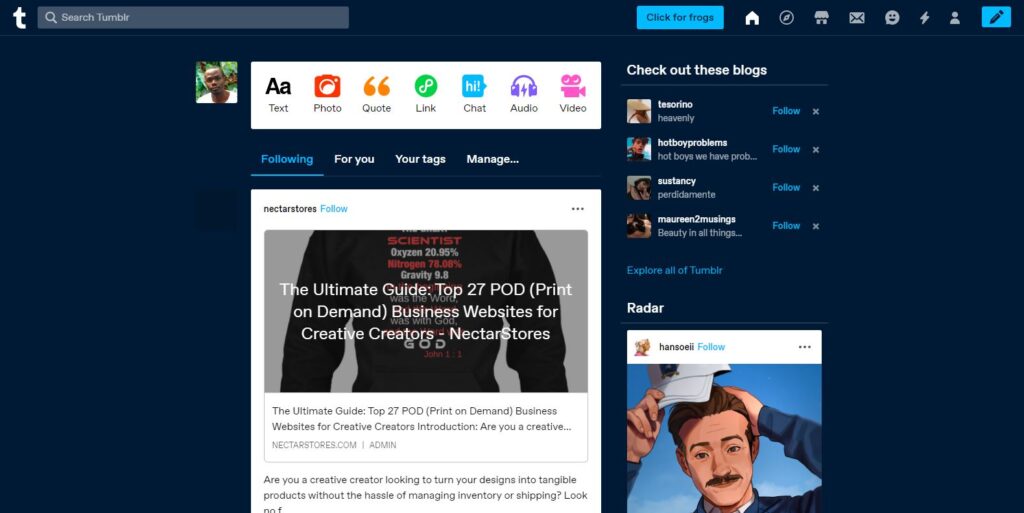Affiliate Marketing Beginner Mistakes To Avoid
In the vast realm of online entrepreneurship, affiliate marketing stands out as a beacon of opportunity. For aspiring digital marketers, it promises financial freedom and the flexibility to work on your terms. However, while the possibilities are immense, the journey is not without its challenges. Understanding the nuances of affiliate marketing is essential, especially for beginners. In this comprehensive guide, we delve deeper into the intricate landscape of affiliate marketing, exploring the common mistakes beginners make and providing actionable insights to pave the way for success.
1. Overloading Content with Filler: Crafting Engaging Narratives
Creating compelling content is the cornerstone of effective affiliate marketing. The mistake many beginners make is overloading their content with unnecessary information. Instead of engaging their audience, they end up losing their interest. To captivate your readers or viewers, focus on crafting engaging narratives. Storytelling, when done right, can create an emotional connection, making your audience more receptive to the message you convey.
2. Promoting Too Many Products: The Power of Focus
In the digital marketplace, the abundance of products can be overwhelming. Many novice affiliate marketers fall into the trap of promoting numerous products, believing it would maximize their earnings. However, the key lies in focus. Concentrate on a specific niche that aligns with your passion and expertise. By becoming an authority in a particular area, you establish trust with your audience, making them more likely to follow your recommendations.
3. Lack of Value in Content: Educate, Entertain, Engage
The heart of affiliate marketing lies in providing value. Whether through blog posts, videos, or podcasts, your content should educate, entertain, and engage your audience. Address their pain points, offer practical solutions, and present information in an accessible manner. When your audience finds value in your content, they not only stay engaged but also become more receptive to the products or services you promote.
4. Promoting Low-Commission Products: Striking the Balance
Choosing the right products to promote is a crucial decision. While well-known platforms like Amazon offer a broad array of products, the commissions can be relatively low. As you advance in your affiliate marketing journey, explore specialized companies within your niche. These companies often offer higher commissions, balancing product quality and earnings potential. Research thoroughly, ensuring the products resonate with your audience and meet their needs effectively.
5. Ignoring SEO Basics: The Gateway to Organic Traffic
In the digital landscape, visibility is key. Ignoring search engine optimization (SEO) is a cardinal sin in affiliate marketing. Understand the fundamentals of SEO, incorporating relevant keywords into your titles, descriptions, and content. Conduct thorough keyword research to identify phrases your target audience is searching for. By optimizing your content, you increase your chances of ranking higher in search engine results, attracting organic traffic to your platform.
6. Promoting the Wrong Products: Exploring Diverse Opportunities
Affiliate marketing isn’t limited to physical products; digital products, online courses, and services are also lucrative avenues. Explore diverse opportunities within your niche. By broadening your horizons, you might discover unconventional yet highly profitable products or services to promote. Understanding the diverse categories available empowers you to make informed choices, aligning your marketing strategy with the specific needs and preferences of your audience.
7. Being Overly Salesy: Building Authentic Connections
The essence of successful affiliate marketing lies in authenticity. While you are essentially a commission-based salesperson, adopting a pushy sales approach is counterproductive. Instead, focus on building authentic connections with your audience. Educate rather than sell. Share your experiences, provide genuine recommendations, and offer valuable insights. When your audience trusts your recommendations, they are more likely to make informed purchasing decisions through your affiliate links.
8. Creating Content in the Wrong Part of the Buyer Cycle: Timing is Everything
Understanding the buyer’s journey is pivotal. Customers progress through various stages, from awareness to consideration and decision-making. Tailor your content to align with these stages. Early-stage content should focus on raising awareness, addressing common pain points, and showcasing potential solutions. As your audience progresses, delve deeper into product comparisons, reviews, and in-depth analyses. By synchronizing your content with the buyer’s journey, you can guide potential customers seamlessly, increasing the likelihood of conversions.
9. Promoting Low-Quality Products: Upholding Integrity
Integrity should be the cornerstone of your affiliate marketing endeavors. Avoid the temptation of promoting low-quality products solely for the sake of high commissions. Thoroughly research each product or service you endorse. Evaluate customer reviews, assess the company’s reputation, and consider the overall user experience. Upholding integrity not only safeguards your reputation but also fosters trust with your audience, ensuring long-term success in the affiliate marketing landscape.
10. Overreliance on Written Content: Embracing Multimedia Dynamics
While written content is undeniably powerful, embracing multimedia dynamics can elevate your affiliate marketing strategy. In the era of digital innovation, video content has emerged as a frontrunner. Platforms like YouTube offer vast opportunities to showcase products, share tutorials, and engage with your audience visually. Additionally, consider podcasts, webinars, and interactive social media campaigns. By diversifying your content, you cater to diverse audience preferences, expanding your reach and impact.
11. Forgetting the Call to Action (CTA): Guiding the Customer Journey
A well-crafted call to action (CTA) serves as a guiding beacon for your audience. It subtly directs them toward the desired action, be it clicking on an affiliate link or making a purchase. Incorporate clear and compelling CTAs within your content. Whether through strategically placed buttons, persuasive language, or visually appealing graphics, your CTAs should seamlessly blend into your content, enticing your audience to take action.
Conclusion: Mastering the Art of Affiliate Marketing
In the intricate realm of affiliate marketing, mastering the art requires a delicate balance of strategy, authenticity, and continuous learning. By steering clear of these common mistakes and embracing proven techniques, you can pave the way for a successful affiliate marketing venture. Remember, affiliate marketing is not merely about transactions; it’s about building enduring relationships, fostering trust, and providing genuine value to your audience.
As you navigate this dynamic landscape, stay curious, stay innovative, and most importantly, stay authentic. Success in affiliate marketing is not just a destination; it’s a journey of continuous growth and boundless potential. If you are ready to start affiliate marketing, you can make more money with higher-paying affiliate programs. Here are the top high-paying affiliate programs that you can join from anywhere.
Affiliate Marketing Beginner Mistakes To Avoid Read More »
































